Recommendation points
- Classification of door handles
- Tips for choosing stationary handles
- How to choose a file handle
- Details about latches and latches
When it comes to choosing locks and handles for interior doors, the design features seem to be the only important ones. Meanwhile, door fittings are not exactly decoration, they are an important element that determines the functionality of the door leaf! Let’s consider in more detail the subtleties of choice.
Classification of door handles
The classification of door handles is quite extensive, it concerns the differences in stylistic design, materials of manufacture, installation methods and features of functioning.
In terms of functionality, handles are stationary – not coupled with a locking device, and latch – when exposed to which the latch mechanism is set in motion. Let’s start with the simplest.
Tips for choosing stationary handles
Stationary handles are considered the simplest variety, they are not coupled with a locking mechanism, they are absolutely static. Depending on the shape, there are brace handles (classic U-shaped models) and button handles – round, square, curly, spherical. Models of metal brackets, often supplemented with plastic or ceramic plates, are attached to the door surface with self-tapping screws. The value of such a model is in ease of installation and low cost..
Stationary handles “buttons” are made in a variety of configurations: you can find square, oval, round and figured models, with patterned, faceted or smooth surfaces. When choosing this type of handle, pay attention to the attachment method. They are attached either independently each – with the help of self-tapping screws to the door leaf, or with ties. Zip fastening is more reliable.
The choice of a stand-alone model can be recommended when the handle is installed only on one side of the door (in the pantry or dressing room) or in a situation where, for a number of reasons, it is required to install the handles at different heights (due to the design features of the door leaf).
When choosing, pay attention to the material of manufacture, the most reliable are steel handles, with a multilayer galvanized coating. Paint, even high-strength paint, will wear off over the years. Choosing brass or copper handles, pay attention to the models with a protective varnish coating, they are more practical, keep their appearance longer without cleaning and polishing. When installing wooden handles, be prepared for the need to update the varnish coating, it is erased during use.
Supplementing stationary handles with latches will provide the ability to lock the door, installing a stationary handle in tandem with a ball lock will ensure holding in the closed position. Such a fixation cannot be called reliable – the ball latch will not cope with strong drafts or the persistence of pets, it will only ensure that the door is kept closed, a small force is enough to open.
How to choose a file handle
The latch handles provide reliable fixation in the closed position, the impact on them sets the locking mechanism of the latch in motion. Depending on the characteristics of work, there are push and rotary handles.
The knob knobs are usually made in the form of a ball. They are based on a combined design combining a handle and a latch lock. Such handles are sold as a set, they do not need additions, they are completely ready for installation and operation..
Depending on the capabilities of the mechanism, the knob can be:
- equipped with an internal locking mechanism in the closed position;
- an additional lock in the form of a turn signal;
- multifunctional: with a turn signal and a key;
- the simplest, with a latch function without blocking.
The first variety is interesting for its laconic appearance and the ability to restrict access to the room by pressing a button in the handle body. In this case, the latch mechanism is not blocked, the possibility of turning from the outside is limited. The knob handle opens freely from the inside. This type of handle is convenient to install in bathrooms, it is absolutely safe. In a situation where a child accidentally slammed the bathroom door, panics and cannot get out on his own, an adult can easily help from the outside: a functional hole for a key is provided in knobs of this type (it can be replaced with an ordinary knitting needle, a ballpoint pen or even a match).
The second type of knobs repeats the functions of the first with the only difference: you can lock the door from the inside using a turn signal built into the handle body.
Knobs with a lock can be closed and opened from the outside – not with a spoke, but with a key. A rotary opening and locking mechanism works from the inside. Handles of this type are often used for inserts in the doors of communal apartments and hotels..
Knobs with a latch function without locking perform the same function as stationary handles with a ball lock: they ensure a snug fit of the door, but do not restrict access to the room – the doors can be easily opened from any side.
The rotary knobs are simple and convenient to use, versatile, but there are some disadvantages:
- installation requires a fairly large hole in the door leaf (O 50 mm), which subsequently excludes the possibility of replacing the knob with a handle of a different type;
- under intense loads, the mechanism loosens, it becomes noisy in operation.
The most popular type of door handles are push models, they are presented in all kinds of configurations for different styles. The advantage of such handles is ease of use, reliable low-noise operation and a spectacular appearance..
The lever handle can be located on the strip or attached separately. The first option is used only with a lock – a functional hole is provided for it in the bar. Handles of this type can be sold complete with a lock and separately as one of the kit items.
The split lever handle is the most versatile; it is attached to the door leaf with a socket. It can be installed in a pair with a simple latch or with a latch supplemented with a turn signal lock. The choice of the installation method is yours, the choice of the possibility of fastening with ties or self-tapping screws (supplied) is offered. Proceed from the peculiarities of the door leaf material: if you have to install handles on solid wood doors, you can do with self-tapping screws, for MDF doors it is safer to use ties.
Details about latches and latches
Door latches are simple, with a latch and one more type – magnetic.
When choosing a latch, be guided by the requirements for functionality. Magnetic latches are interesting in that when the doors are open, the latch tongue is recessed, and when the doors are closed, it is set in motion when it is paired with a magnet in the striker.
Simple latches ensure the door is locked in the closed position, they are the cheapest, they are easy to install. The channel for the installation is made with a feather drill. The latch tongue can be metal or plastic. Plastic is often recommended as being less noisy in operation, but in reality the difference is insignificant. For installation on the left or right side, such a latch just needs to turn over.
Snap latches are more expensive and a little more difficult to install. To provide the ability to block the tongue, you will need an additional turn signal installation (one more hole in the canvas). Despite the obvious difficulties, the choice of a latch with a latch is the most rational for all interior doors of a room. In rooms where access restriction is not required, such a latch can be installed without a turn signal, the locking mechanism will not work, but in the future, if you need this latch function, you can purchase a turn signal and install it.



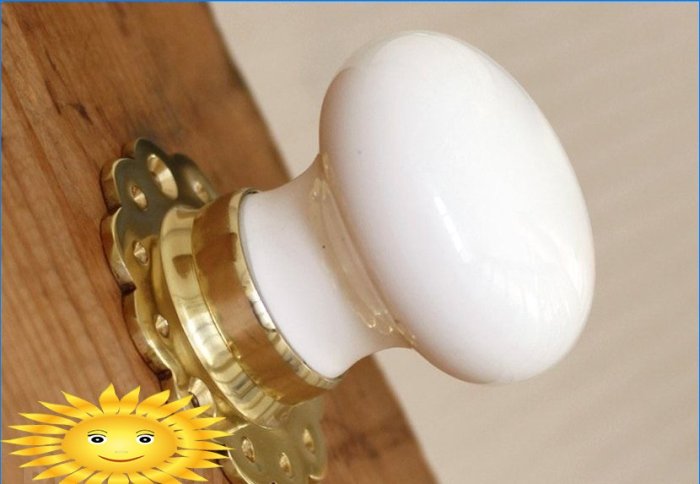
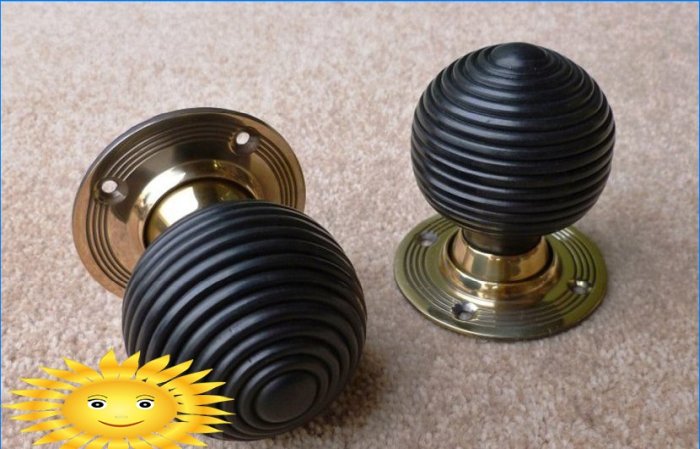
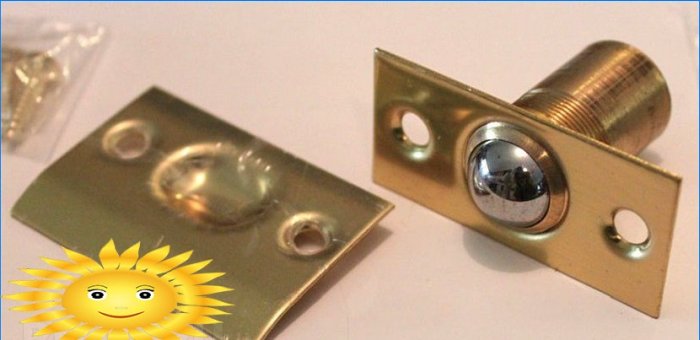
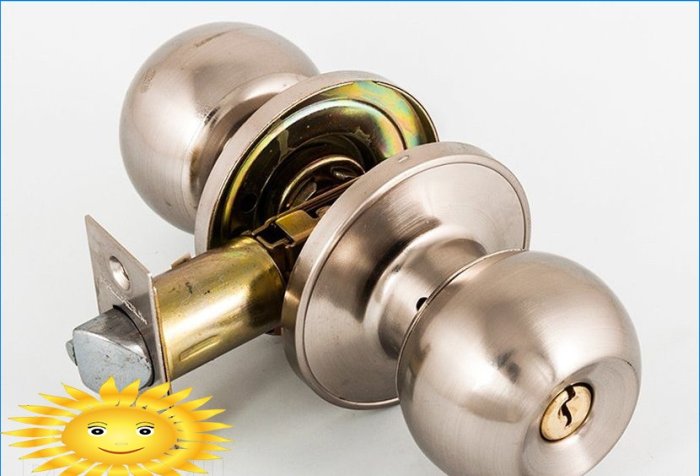
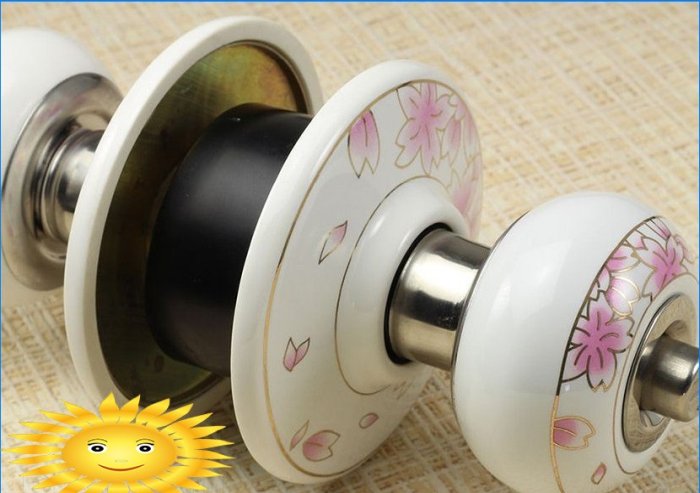
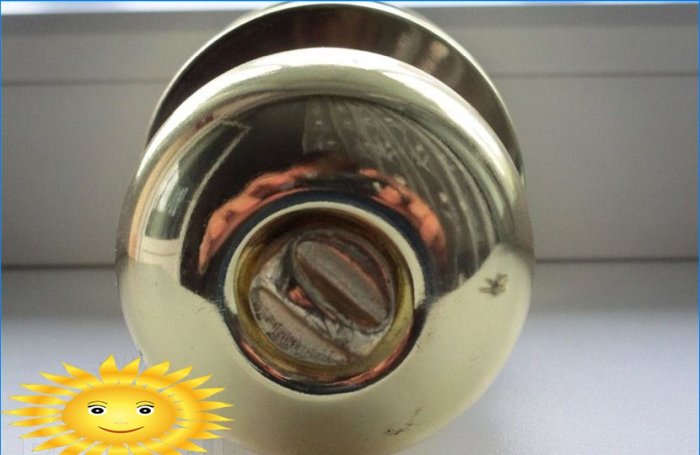
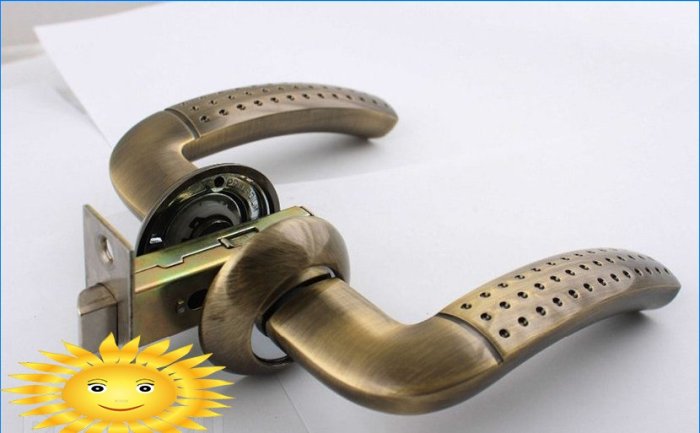
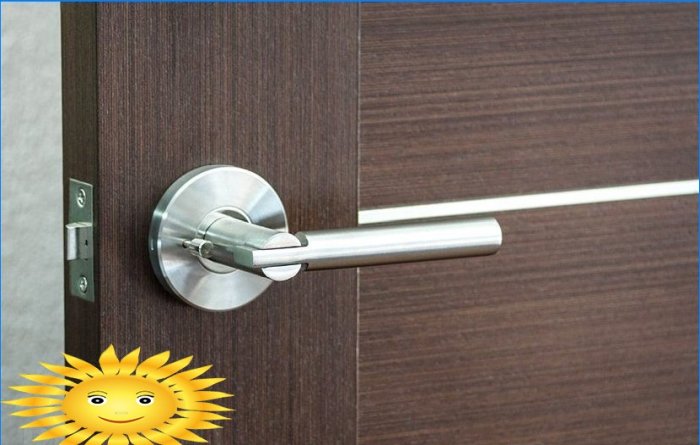
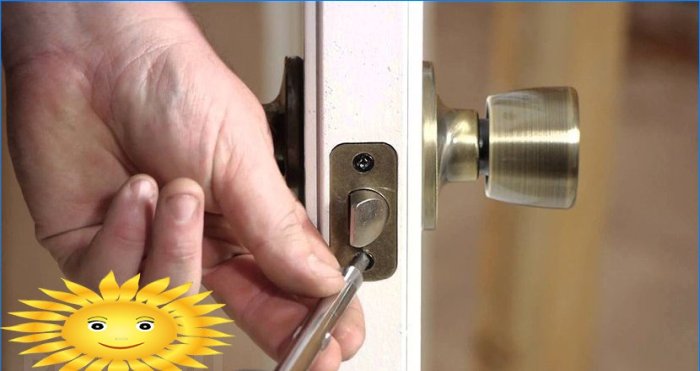
Can anyone share some tips on how to choose the right locks and handles for interior doors? I’m about to renovate my home and want to ensure both functionality and aesthetics. Any recommendations or advice on materials, styles, or brands would be greatly appreciated. Thank you in advance!
Could anyone provide some guidance on selecting locks and handles for interior doors? I’m unsure which factors to consider such as design, functionality, and cost. Any suggestions or tips would be greatly appreciated!